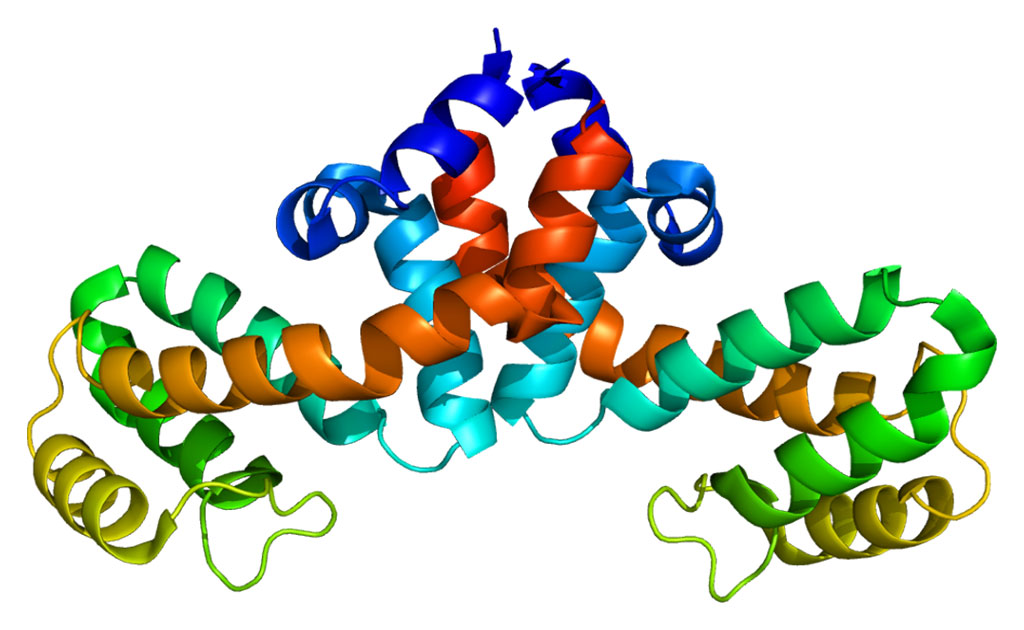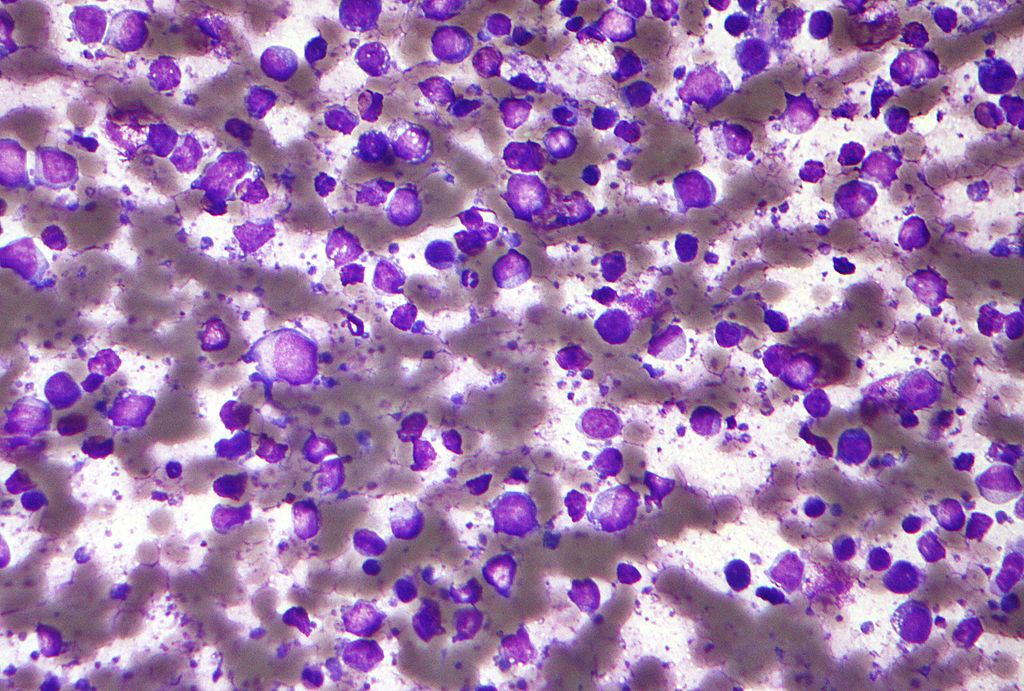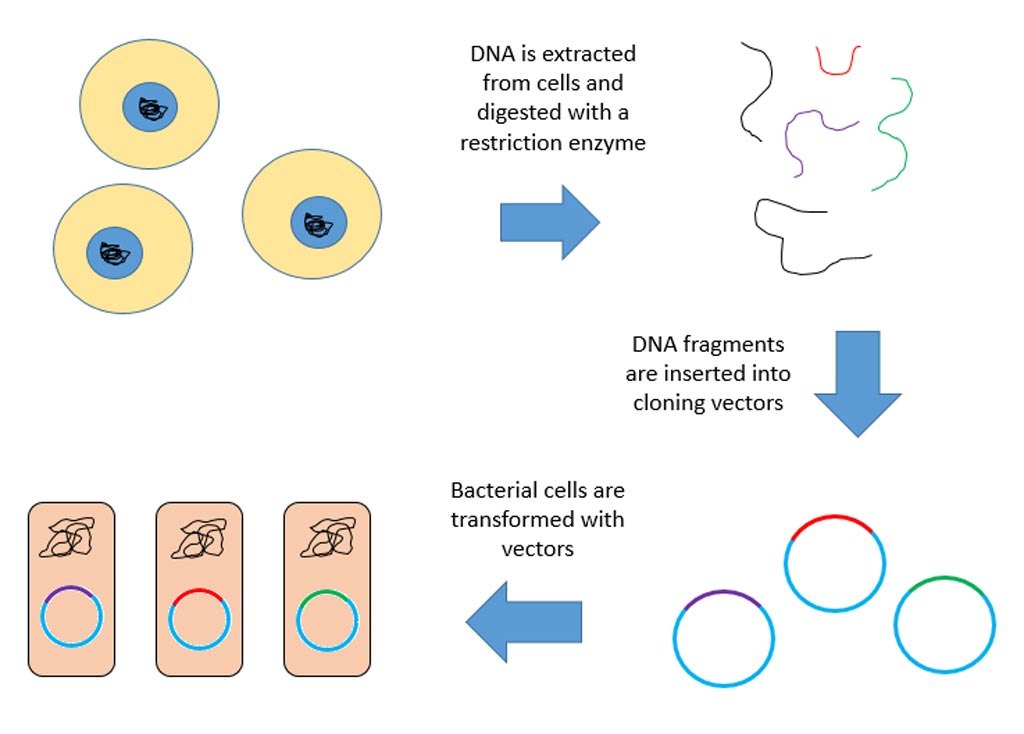Identification of Critical DNA Repair Enzyme May Lead to New Antivirals
By LabMedica International staff writers
Posted on 05 Sep 2012
A team of microbiologists from the United States and the Netherlands has identified the enzyme responsible for the mammalian cell activity called VPg unlinkase that specifically cleaves a unique protein–RNA covalent linkage generated during the viral genomic RNA replication steps of a picornavirus infection.Posted on 05 Sep 2012
Picornaviridae are responsible for a wide range of diseases including myocarditis, aseptic meningitis, encephalitis, hepatitis, and the common cold. VPg unlinkase activity is critical to the ability of the virus to infect mammalian cells. However, despite ongoing research efforts over the last 30 years, the identity of this cellular activity and its normal role in the uninfected cell have not been determined.
The identity of VPg unlinkase has finally been revealed in a paper published in the August 20, 2012, online edition of the journal Proceedings of the National Academy of Sciences of the USA (PNAS). This paper described the purification and identification of VPg unlinkase as the DNA repair enzyme, 5′-tyrosyl–DNA phosphodiesterase-2 (TDP2). Results presented in the paper showed that VPg unlinkase activity in different mammalian cell lines correlated with their differential expression of TDP2.
Recombinant TDP2 was shown to cleave the protein–RNA linkage generated by different picornaviruses without impairing the integrity of the viral RNA. These results revealed a unique RNA repair-like function for TDP2 and suggested an unusual role in host–pathogen interactions for this cellular enzyme.
“These findings are significant because all known picornaviruses harbor the target for this DNA repair enzyme, despite the fact that their genetic material is made up of RNA rather than DNA. Thus, identifying drugs or small molecules that interfere with the interaction between the virus and TDP2 could result in a broad-spectrum treatment for picornaviruses,” said senior author Dr. Bert Semler, professor of microbiology and molecular genetics at the University of California, Irvine (USA).
The microbiologist at the University of California, Irvine worked in close cooperation with colleagues at Leiden University (The Netherlands).
The partners hope that findings from this study may lead to the development of universal therapeutics to treat the millions of individuals afflicted annually with diseases caused by picornaviruses, including myocarditis, aseptic meningitis, encephalitis, hepatitis, and the common cold.
Related Links:
University of California, Irvine
Leiden University














